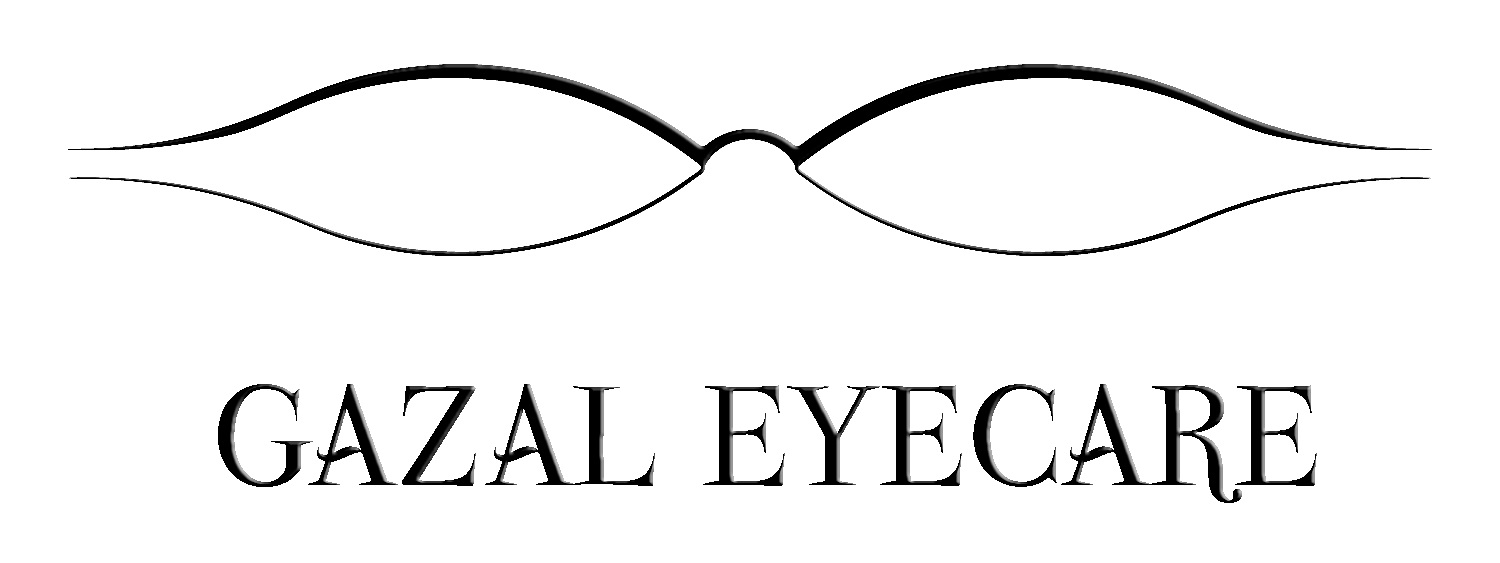Corneal topography is a non-invasive medical imaging technique used to map the surface curvature of the cornea, the outer structure of the eye. This technique provides detailed, precise measurements of the cornea's shape and contours, which are essential for diagnosing and managing various eye conditions.
Key Points about Corneal Topography:
Purpose: It helps in diagnosing corneal diseases, such as keratoconus, and is crucial for planning refractive surgery (like LASIK) and fitting contact lenses.
Procedure: The process involves using a specialized instrument called a corneal topographer. The patient looks into a device while it captures detailed images of the cornea. The data is then analyzed to produce a topographical map, which highlights variations in the cornea's surface.
Benefits:
Diagnosis and Management: Detects early signs of corneal conditions.
Surgical Planning: Essential for customizing laser eye surgeries.
Contact Lens Fitting: Helps in designing custom contact lenses for optimal comfort and vision.
Accuracy: Provides highly accurate and detailed images, allowing for precise assessment and treatment planning.
Understanding corneal topography is vital for maintaining eye health and ensuring the best outcomes in vision correction treatments. If you're considering refractive surgery or have been diagnosed with a corneal condition, discuss the benefits of corneal topography with your eye care professional. The test is included with your routine eye exam and helps or eye doctors and optometrists fine tune your contact lens fitting, prescription, & identify different eye disorders such as kerataconus and dry eyes.
Additional Tests included in your eye exam:

